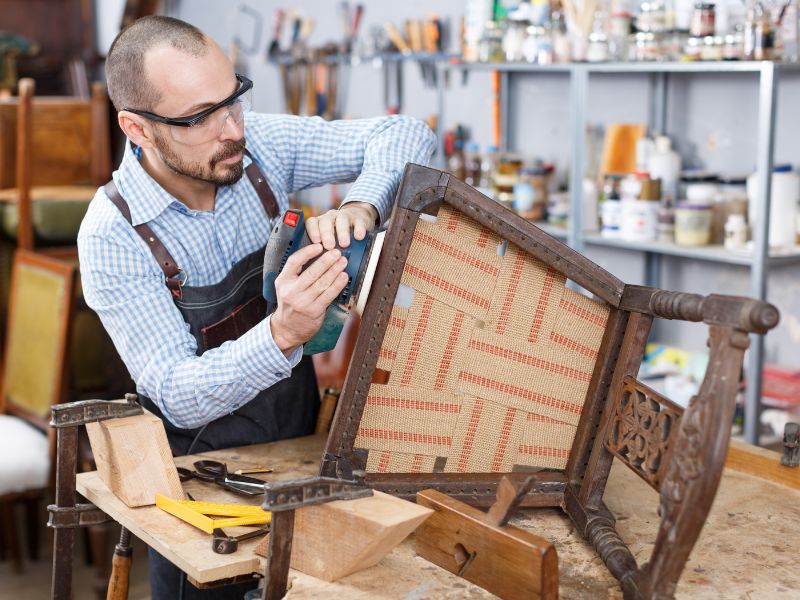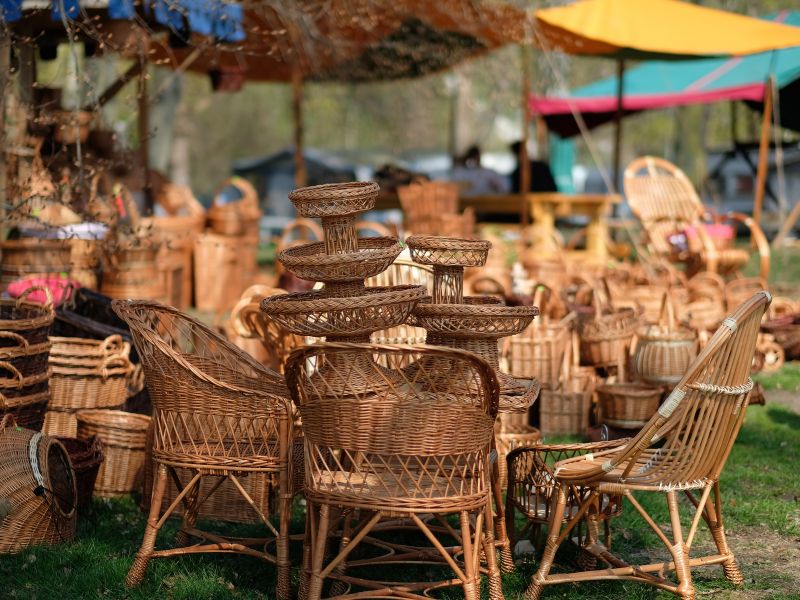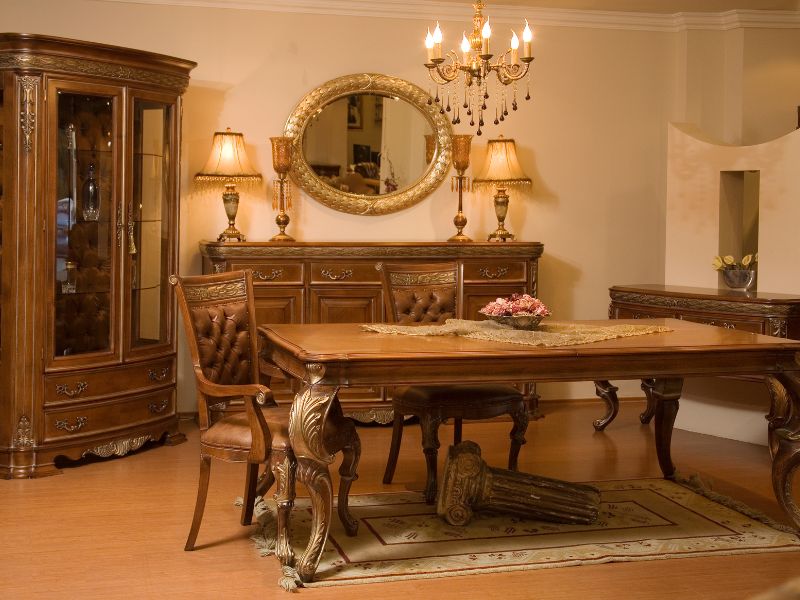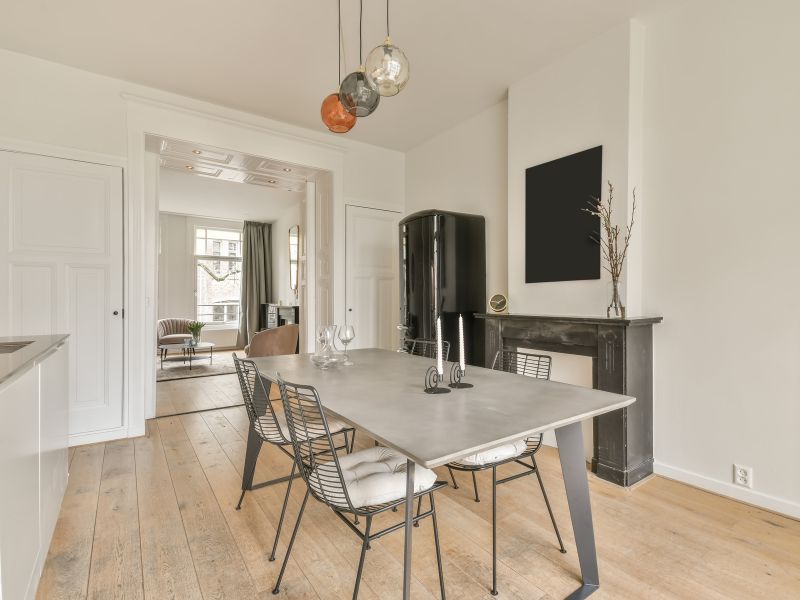Restoring Antique Furniture
When you find antique furnishings in area thrift stores or second-hand venues, curb the urge to slap a coat of paint on them or begin refurbishing the item dramatically. Refinishing, or altering the item’s appearance, might be practical for pieces without a vintage value but will lower the worth in terms of being an antique. Restoring antique furniture is a more prudent alternative than refinishing, and can enhance the value of items found damaged or in a deteriorated condition. There are some distinct differences between refinishing a furnishing and giving it a fresh, altered appearance, and restoring, which strives to return the item to its original condition.

Before you start to alter the antique furnishings that you find at second-hand retailers, consider the following tips and techniques to preserve the value as much as you can:
Wicker
Wicker furniture never seems to go out of style. There is something romantic and dreamy about a set of wicker furniture, and it is popular both inside and outside the home. While it is possible to buy brand-new wicker or rattan pieces, many buyers may prefer the look of vintage wicker items, often found in thrift stores or at area rummage sales. When buying older wicker, don’t let issues surrounding the wrapping of the legs or frayed wicker deter you from the purchase. It is fairly easy to re-wrap and repair these issues.
Once the wicker has been painted, however, it tends to lose antique value. There is no way to remove paint from wicker and it is always far more sought after when the finish remains in its natural state. Another thing that can add value to the piece is the original paper tag. These are often found on the underside of chairs, tables, and love seats, documenting when and where the product was made. Never remove the tag if you are fortunate enough to find a piece that still has one attached.

Wood
Again, the best rule of thumb for restoring wood furniture is to avoid paint. Another wise move might be to consult with a professional restoration expert, as it is very easy to damage the wood finish without intending to. For instance, when white rings appear on wood due to moisture damage, many may try to remove the marks with a bit of rubbing alcohol. This may work fine, but has the potential to dull the spots and finish, which can result in a decreased value. If you are working with a true antique and your goal is to preserve its value, consult with a professional.

Metal
The best approach for restoring metal furniture may be to do nothing at all! There is a large consumer market looking for original antique metal fixtures and furnishings, and the more weathered the piece is, the more appealing it may be to a potential buyer. Removing the rust or repainting the piece may result in a lower value and could deter those that are furnishing homes in the very popular industrial interior design style.

While refinishing items that you find in second-hand furniture venues may suit utility in the home, restoring antique finds can yield a healthy return for many buyers. When in doubt as to how to best approach a vintage piece of furniture, it could be wise to consult with antique restoration experts in your area before you take matters into your own hands.







